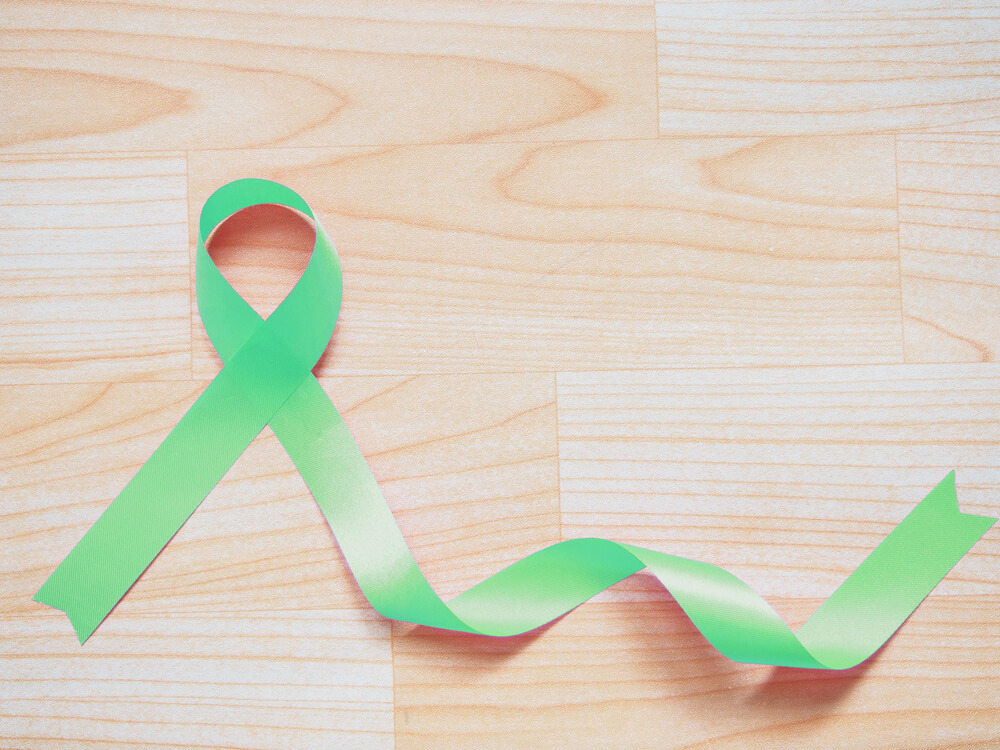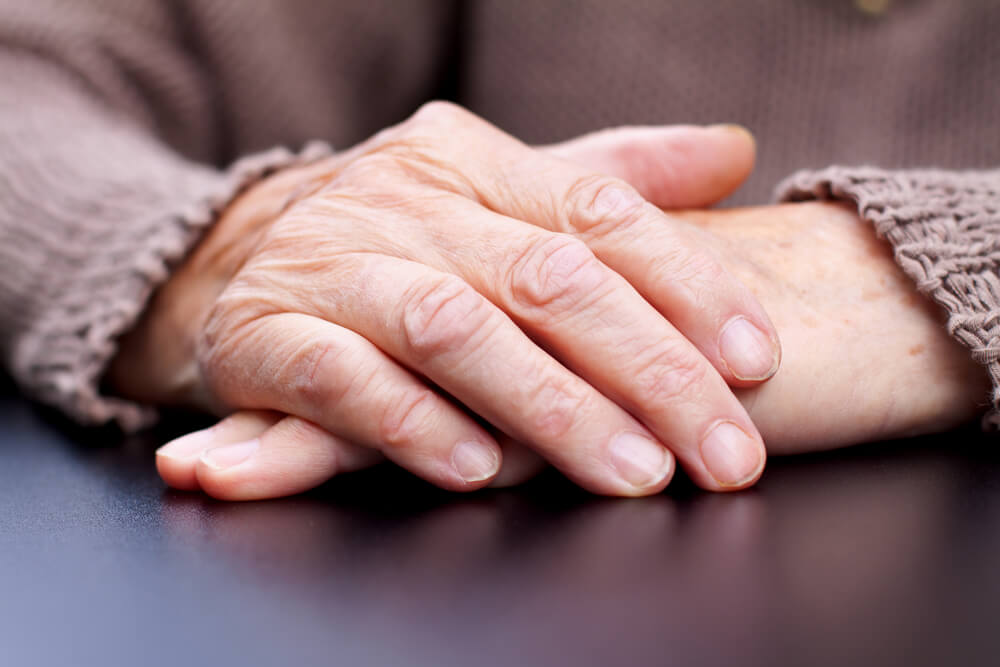Most people eat different types of bread, pasta and cereal without much thought. After all, these foods are staples of the American diet. However, eating this becomes complicated for people with celiac disease.
It’s smart to know about this condition. Many Americans live with it, including some who do not even know they have it.
What is celiac disease?
Celiac disease is a chronic autoimmune condition resulting in damage to the small intestine when gluten like wheat, barley, rye and some oats are ingested. If untreated, other parts of the body can be damaged.
As many as one in 133 people have celiac disease, according to the University of Chicago Celiac Disease Center. At the same time, only one in 4,700 individuals have been diagnosed with celiac disease. The average delay in diagnosis for a person with symptoms is 11 years.
Celiac disease is genetic. A person cannot “grow out of it.” People with a parent, child or sibling with the condition have a one in 10 risk of developing the disease themselves.
What are the symptoms?
Celiac disease can develop at any age, and more than 200 different symptoms are associated with it. It is often confused with conditions such as a wheat allergy, irritable bowel syndrome and Crohn’s disease. Some people with the disease do not have any symptoms.
It is usually diagnosed by a gastroenterologist, a doctor who specializes in stomach and intestinal disorders, with a blood test and sometimes a biopsy.
The Celiac Foundation lists these common adult symptoms:
- Chronic abdominal pain, constipation, gas and diarrhea
- Weight loss
- Rashes and sores in the mouth
- Feeling tired due to anemia
- Tingling in the legs and joint pain
- Painful, itchy skin
People with untreated celiac disease have four times the risk of developing small bowel cancers. It is also linked to serious medical problems such as nervous system disorders, malnutrition, infertility and osteoporosis.
Once diagnosed with celiac disease, most people can manage it with a gluten-free diet, working with their health care professionals.
The gluten-free diet
The only treatment for celiac disease is to maintain a strict, gluten-free diet for life. This means being very careful with food selections, the ingredients found in foods and their nutritional content. People with celiac disease also need to avoid cross-contamination with gluten-containing foods and utensils.
Allowed foods suggested by The Mayo Clinic
Naturally gluten-free foods:
- Fruits and vegetables
- Beans, seeds, legumes and nuts in their natural, unprocessed forms
- Eggs
- Lean, non-processed meats, fish and poultry
- Most low-fat dairy products
Grains, starches or flours that can be part of a gluten-free diet include:
- Amaranth
- Arrowroot
- Buckwheat
- Corn
- Flax
- Gluten-free flours — rice, soy, corn, potato and bean flours
- Hominy (corn)
- Millet
- Quinoa
- Rice, including wild rice
- Sorghum
- Soy
- Tapioca (cassava root)
- Teff
For people living with celiac disease, understanding the condition, learning how to avoid gluten and knowing how to maintain a balanced, gluten-free diet are essential.
Mom’s Meals® can help
Preparing meals with the right nutritional balance but no gluten can be difficult. Mom’s Meals helps make it easy and safe with a menu of gluten-free meals. They contain less than 20 parts per million of gluten in each meal, in accordance with FDA guidelines. Mom’s Meals are tested using the ELISA method. This is a biochemical technique designed to assess food for gluten.



